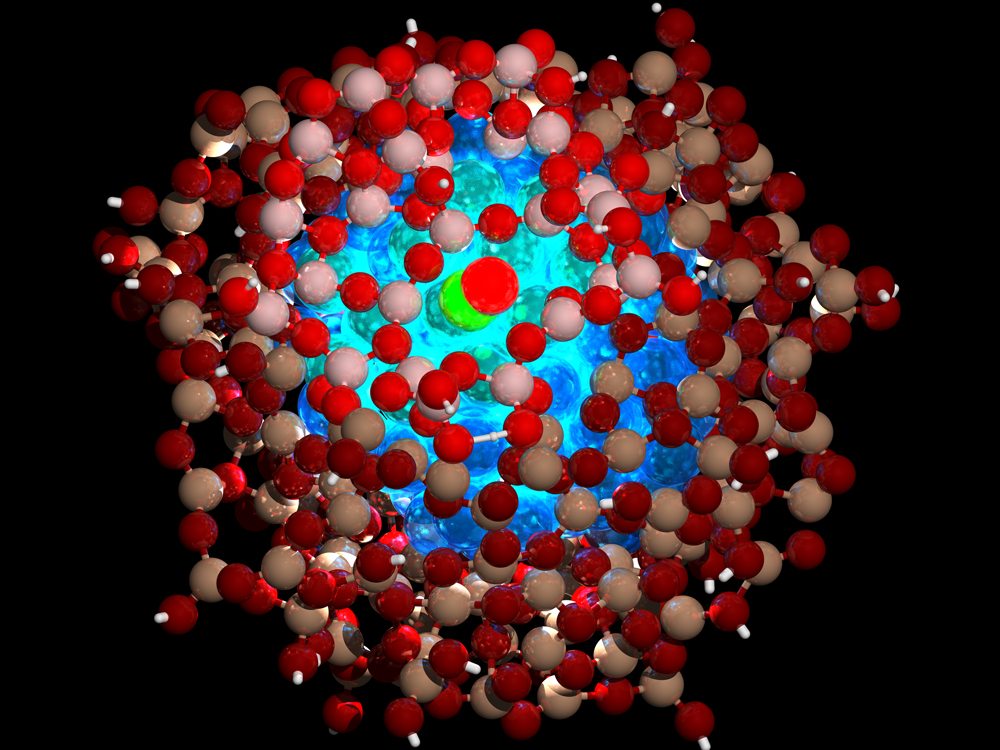Designer Nanoparticles Equipped to Combat Deadly Viruses
Viral infections kill millions yearly. Available antiviral drugs are virus-specific and active against a limited panel of human pathogens. There are broad-spectrum substances that prevent the first step of virus–cell interaction by mimicking heparan sulfate proteoglycans (HSPG), the highly conserved target of viral attachment ligands (VALs). The reversible binding mechanism prevents their use as a drug, because, upon dilution, the inhibition is lost.
Now however, researchers from the University of Illinois at Chicago in the US have designed new anti-viral nanoparticles that bind to a range of viruses, including herpes simplex virus, human papillomavirus, respiratory syncytial virus and Dengue and Lentiviruses. Once injected into the body, these nanoparticles imitate human cells and “trick” the viruses.
Professor Petr Kral of the University of Illinois at Chicago and colleagues explained that most antivirals today only prevent and should be given continuously so the infection does not strike back. As a result, the virus will actually mutate and become resistant or immune to antivirus.
Therefore, Kral and an assistant professor of chemistry from the University of Texas at El Paso, Lela Vukovic, designed the nanoparticles by mimicking proteins on the cell surface, called heparin sulfate proteoglycan (HSPG).
“We knew the general composition of the HSPG-binding viral domains the nanoparticles should bind to, and the structures of the nanoparticles, but we did not understand why different nanoparticles behave so differently in terms of both binding strength and preventing viral entry into cells,” says Petr Kral.
Through elaborate simulations, Kral and colleagues helped solve these issues and guided the experimentalists in tweaking the nanoparticle design so that they worked better.
The researchers used advanced computational modeling techniques to generate precise structures of various target viruses and nanoparticles down to the location of each atom. A deep understanding of the interactions between individual groups of atoms within the viruses and nanoparticles allowed the researchers to estimate the strength and permanence of potential bonds that could form between the two entities, and helped them to predict how the bond could change over time and eventually destroy the virus.

The final “draft” of the antiviral nanoparticle could bind irreversibly to a range of viruses and caused lethal deformations to the viruses, but had no effect on healthy tissues or cells. In vitro experiments with the nanoparticles showed that they bound irreversibly to the herpes simplex virus, human papillomavirus, syncytial virus, dengue virus, and lentivirus.
“We were able to provide the data needed to the design team so that they could develop a prototype of what we hope will be a very effective and safe broad-spectrum anti-viral that can be used to save lives,” said Kral.






















